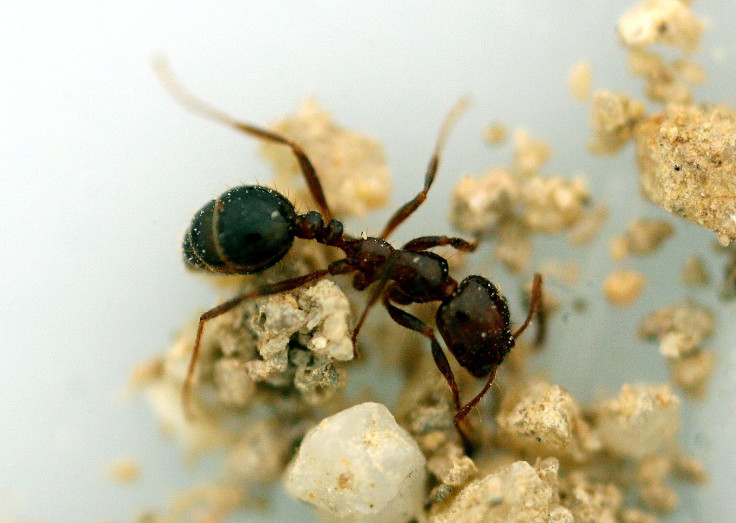Ants Forage In A Mathematical Pattern, Researchers Claim

Recent research claims that when ants move in search of food, they follow a specific collective route, which is similar to certain statistical probability distributions. The claim was put forward by a team of mathematicians, who conducted their study on a trail of ants from Argentina.
During the study, researchers followed individual Argentine ants who foraged an empty area. Linepithema humile is an invasive species of Argentine ant that is commonly found throughout the world. The researchers also took a note of the collective movement of ants in a group. They found that the seemingly random turns taken by the ants while searching for food follow certain mathematical patterns, better described as Gaussian and Pareto distributions.
“To be more specific, they are a mixture of Gaussian and Pareto distributions, two probability functions which are commonly used in statistics, and that in this case dictate how much the ant ‘turns’ at each step and the direction it will travel in,” co-author Maria Vela Perez, from the European University in Madrid, told Science 2.0.
The scientists claimed in a previous study that the ants did not change the direction of their foraging route unless they found obstacles in their path or had previously visited an area.
Based on the findings, researchers deduced a mathematical model. The model describes the movement of the group of ants on a surface. The numerical calculations performed on a computer using the model show a similar pattern observed by the researchers during a study conducted in a petri dish. The researchers aspire to use the findings to develop a coordinated group of micro-robots that can help clean a contaminated area.
The study has been published in the journal Mathematical Biosciences.
Contact the writer at: emailtoguneet@gmail.com.
© Copyright IBTimes 2025. All rights reserved.




















